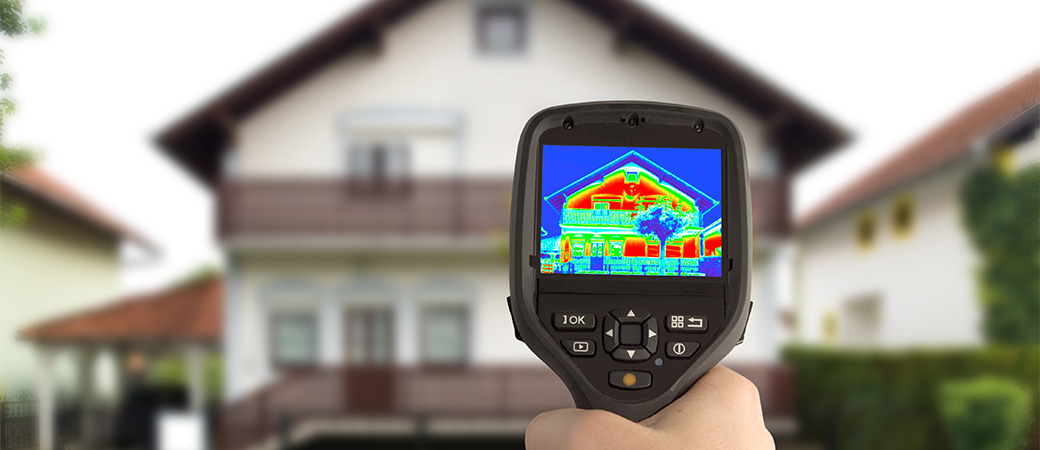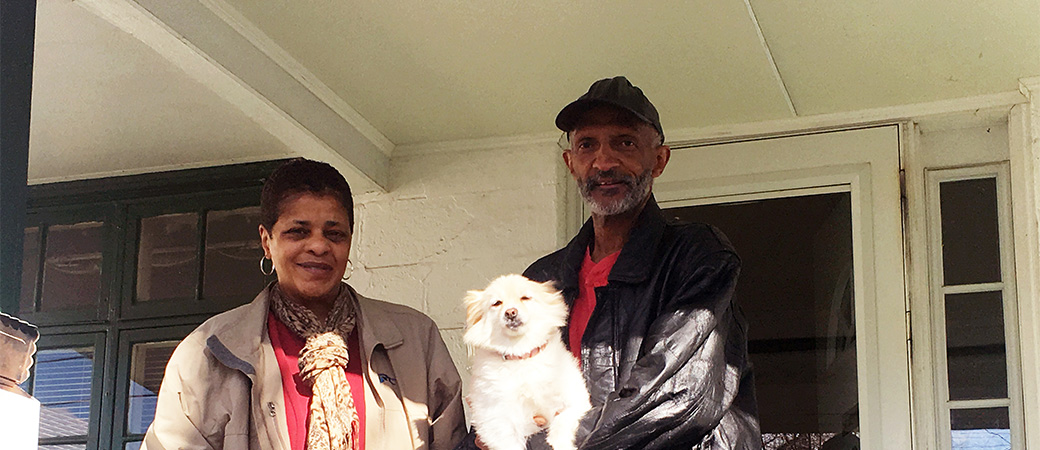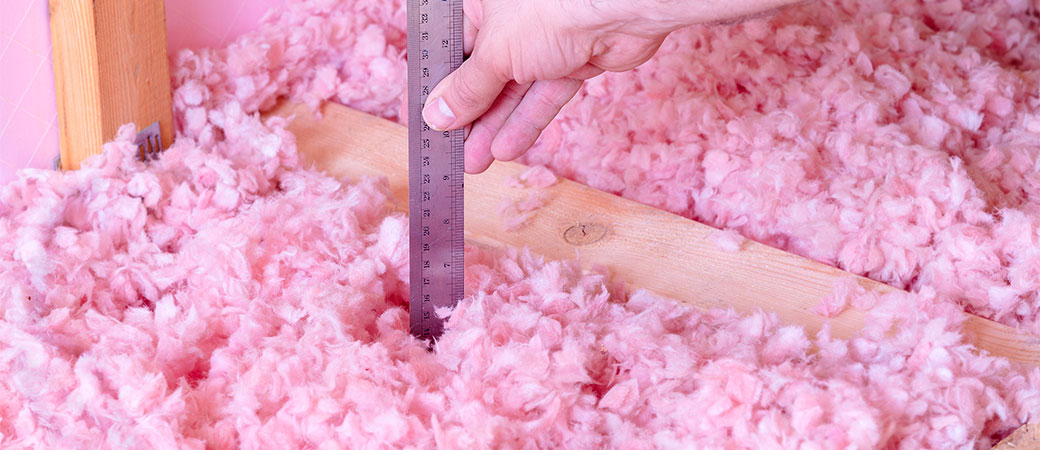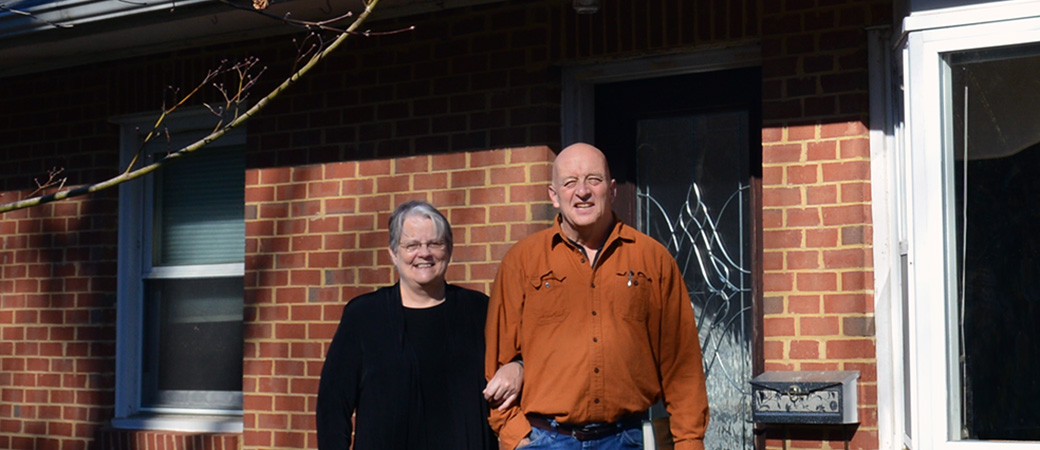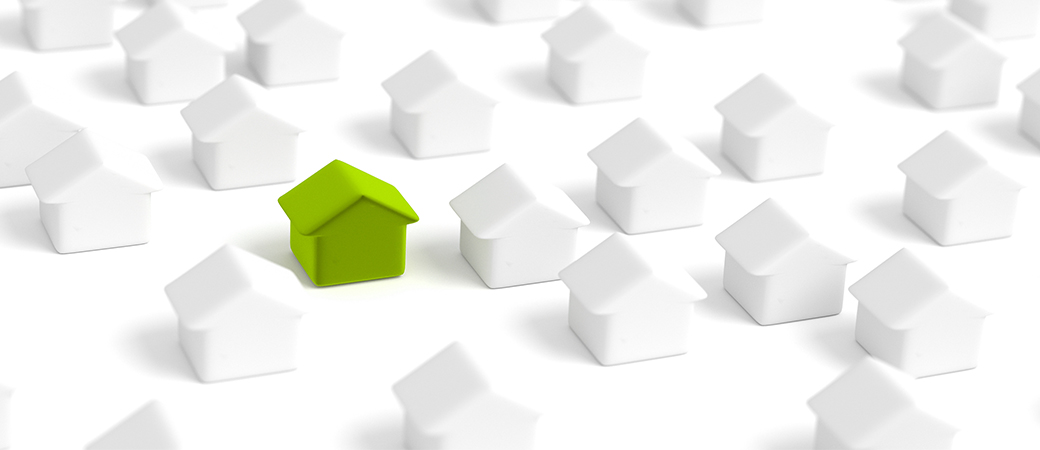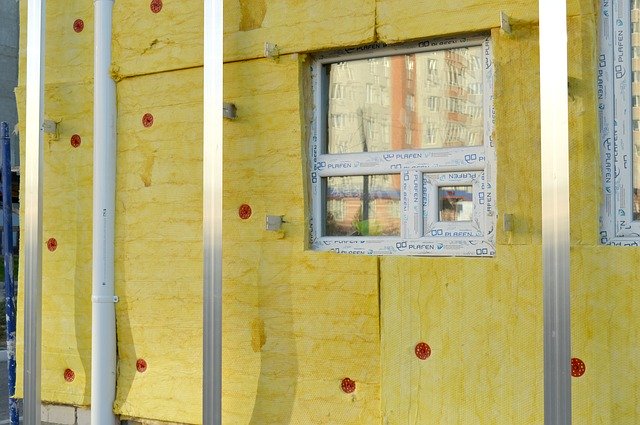
I can confidently say that climate change exists – there’s no debating it. I say this as someone who studied environmental change in both undergraduate and graduate school, as well as having witnessed its effects firsthand while conducting my thesis research in the Peruvian Andes. However, if you’d prefer to take science’s word for it, you can refer to the proof represented by the Intergovernmental Panel on Climate Change (IPCC) over the years in their assessment reports. The latest report was published and made headlines just this week, and it is more clear than ever that we have a lot of work to do.
In their 2014 report linked here, the IPCC states that climate change is “unequivocal, and since the 1950s, many of the observed changes are unprecedented over decades to millennia” (IPCC, 2014, p. 2). Their recent research found that “human-induced climate change is already affecting many weather and climate extremes in every region across the globe. Evidence of observed changes in extremes such as heatwaves, heavy precipitation, droughts, and tropical cyclones, and, in particular, their attribution to human influence, has strengthened since AR5” (IPCC, 2021, p. 11). To me, the question is no longer, ‘does it exist?’ The question is, ‘how do we mitigate climate change and adapt to the effects?’
While studying environmental change throughout college, my focus was primarily on understanding the issue on a larger scale and investigating how it affects different geographies and populations. Though as I grew closer to graduating, I thought to myself, so how do we as individuals make a difference? In many cases when I interviewed individuals on climate change related issues, they felt the topic was burdensome because they felt powerless. This made sense to me. Generally, in the media, climate change is portrayed as this massive issue that seems too big to wrap our heads around, let alone our own two hands. Little did I know, I would soon learn about, and become involved in, a key solution that many folks can access, and there is no place like it.
One of my goals post-graduation was to work for an organization geared toward making a difference. Upon researching local organizations that focused on the environment, I discovered the Local Energy Alliance Program (LEAP). As I mentioned above, while in college I more-so focused on the big picture with regard to climate change, therefore, I did not delve too much into energy or the energy-efficiency world. To be honest, there weren’t many opportunities to learn how effective energy efficiency can be in mitigating climate change. However, after reading up on LEAP and speaking with Chris Meyer, the Executive Director, I knew it was something I was interested in being a part of.
You see, LEAP is very special in that we are not only helping individuals and communities save energy and money on utilities, as well as live comfortably in their homes, but we are also mitigating climate change from the ground up by doing so. The IPCC (2021) explains how limiting CO2 production is key in reducing climate change impacts. However, that does not have to be solely in the hands of the larger stakeholders at play here. We each do have a say in this and our day-to-day can make a difference. While working here over the past nearly two years, I have seen this firsthand. Upon gaining significant knowledge and experience working in the energy-efficiency world, I present to you this point: energy efficiency is the key to mitigating climate change. Let me explain.
To start, one of the most personal and smallest spatial scales in one’s life is their own home. Theoretically, because of this, it is easier for individuals to control what goes on in this space. When comparing that scale to a larger one, such as a California forest, it could seem more tangible to make a difference at the smaller scale. Additionally, it is easier to conceptualize how to make a difference, and the various pathways to do so at that level – whether that be changing out non-LED lightbulbs to LEDs, installing Energy Star certified appliances, or making sure the insulation is up to the current standard. Here at LEAP, we also work with the City of Charlottesville, County of Albemarle, weatherization service providers, and various utility providers to implement programming that helps individuals access incentives, rebates, and no-cost energy-efficiency improvements. Programs like these add to the ease of access for individuals to personally make a difference. In my opinion and experience, that takes care of one of the hardest parts of combating climate change: getting people on board.
Second, there have been many studies, including those cited by the IPCC, that state energy efficiency is a significant component to mitigating and adapting to climate change. According to the IPCC (2014), “actions with co-benefits include… improved energy efficiency and cleaner energy sources, leading to reduced emissions of health-damaging, climate-altering air pollutants” (p. 20). Ürge-Vorsatz and Metz (2009) backed up this science, stating that “energy conservation and efficiency plays the second largest role in meeting climate stabilization targets in most models” (89). Our future is dependent on the choices we make with energy and the relationship between the energy we use and the emissions produced due to that usage (IPCC, 2021). In a world where climate change is worsening and energy consumption is exponentially increasing, becoming more energy efficient is now more important than ever (Gerarden, et al., 2015). So, if energy efficiency is one of the keys to mitigating climate change, and efficiency options are available to individuals, why hasn’t this idea completely taken off across our country?
Gerarden, et al. (2015) suggests there is an “energy-efficiency gap” that exists because education is lacking on the subject, demand is low, and companies supplying energy-efficient goods are limited (p. 3). This makes sense to me, as even when I was obtaining my undergraduate degree from 2014-2017, I rarely heard about energy efficiency being a tool to help mitigate climate change. Personally, when I am searching for an energy-efficient product, I am generally required to actively search rather than easily see them advertised as such. Lastly, and I just have to say it, energy efficiency isn’t very sexy. Especially in comparison to electric cars or solar, installing insulation, lightbulbs, or new HVAC is just not as flashy. However, I think we are heading toward a point where being sexy is overrated. The condition of the planet is getting worse. When it comes down to it, the most tangible solution for individuals to help mitigate climate change is by starting at their own scale, in their own homes, where the financial investment is less than investing in cars/solar and the potential exists for programming to help cover improvement costs. The more we provide folks with education on the benefits of doing so and invest in programming to help them do so, the more progress we can make overall.
We’ve all heard the cliche, ‘a little goes a long way.’ Well, in this sense, it really does. Take LEAP’s 2020 annual report for instance. Our little, local nonprofit saved more than two million kilowatt-hours of energy with our services over last year. This only included nearly 500 homes, 112 individuals who installed solar, and 54 multi-family units. Now imagine those savings, times every household, every apartment complex, in every state! A little goes a long way. Energy efficiency is not only a great place to start, but also a key to mitigation because it’s something everyone can access if given the opportunity. The power is in our hands here. Energy efficiency makes room for each individual at the table, tackling the issue of people feeling powerless in the presence of climate change. By filling the energy-efficiency gap, we can ensure more people have access to the necessary resources to pull up their chairs. Here at LEAP, we are continuously working to help make this happen for our communities across Virginia. We want our clients to save energy, save money, live comfortably, and also know they are part of something much, much bigger.
If you are just as hype to combat climate change and help our community members save energy, money, and live more comfortably, help us spread the word! Share this post, share our resources, and if you have not already signed up for an assessment, please contact us at 434-227-4666 or send us an email at info@leap-va.org. Let’s help bring change to our community and this world, together!
Works Cited
Gararden, T., Newell, R., Stavins, R., and Stowe, R. (2015). An assessment of the Energy-Efficiency Gap and Implications for Climate-Change Policy. 1-28. An Assessment of the Energy-Efficiency Gap and its Implications for Climate-Change Policy (nber.org)
IPCC. (2021). : Summary for Policymakers. In: Climate Change 2021: The Physical Science Basis. Contribution of Working Group I to the Sixth Assessment Report of the Intergovernmental Panel on Climate Change [Masson-Delmotte, V., P. Zhai, A. Pirani, S. L. Connors, C. Péan, S. Berger, N. Caud, Y. Chen, L. Goldfarb, M. I. Gomis, M. Huang, K. Leitzell, E. Lonnoy, J.B.R. Matthews, T. K. Maycock, T. Waterfield, O. Yelekçi, R. Yu and B. Zhou (eds.)]. 1- 3949. IPCC_AR6_WGI_Full_Report.pdf
IPCC. (2014). Climate Change 2014: Synthesis Report. Contribution of Working Groups I, II and III to the Fifth Assessment Report of the Intergovernmental Panel on Climate Change [Core Writing Team, R.K. Pachauri and L.A. Meyer (eds.)]. 1-151. AR5 Synthesis Report – Climate Change 2014 (ipcc.ch)Ürge-Vorsatz, D., Metz, B. (2009). Energy efficiency: how far does it get us in controlling climate change?. Energy Efficiency 2, 87–94. https://doi.org/10.1007/s12053-009-9049-7

